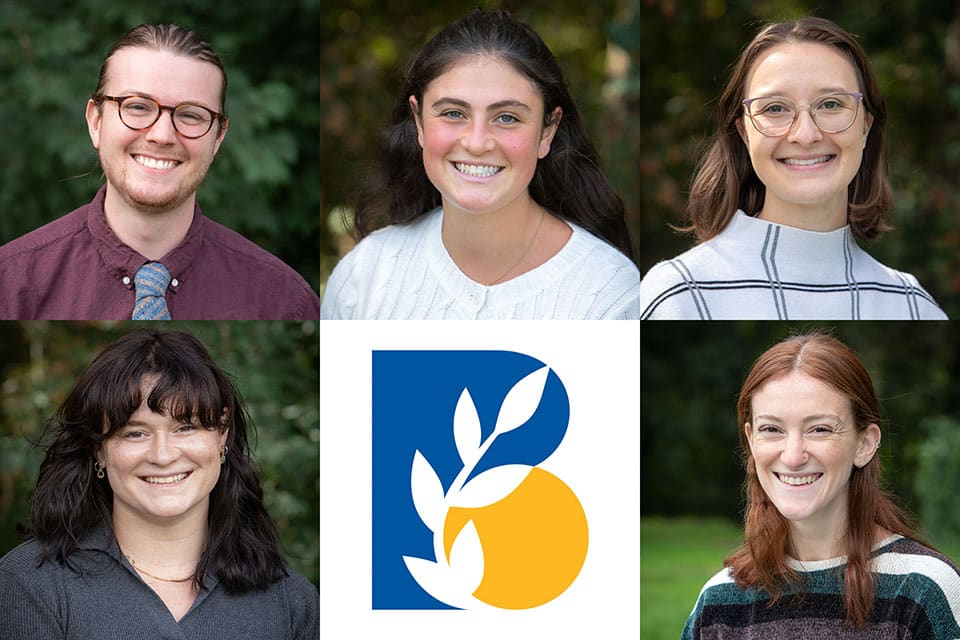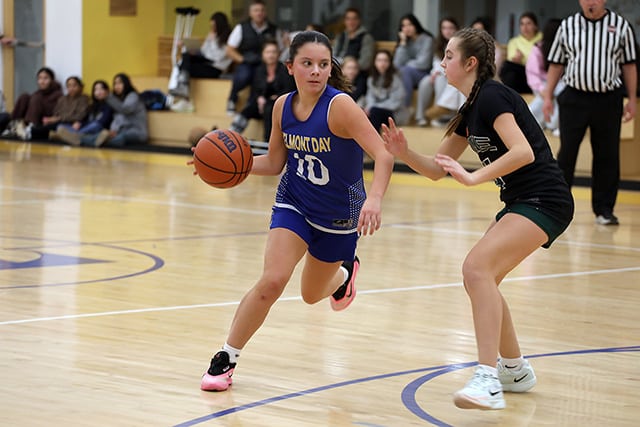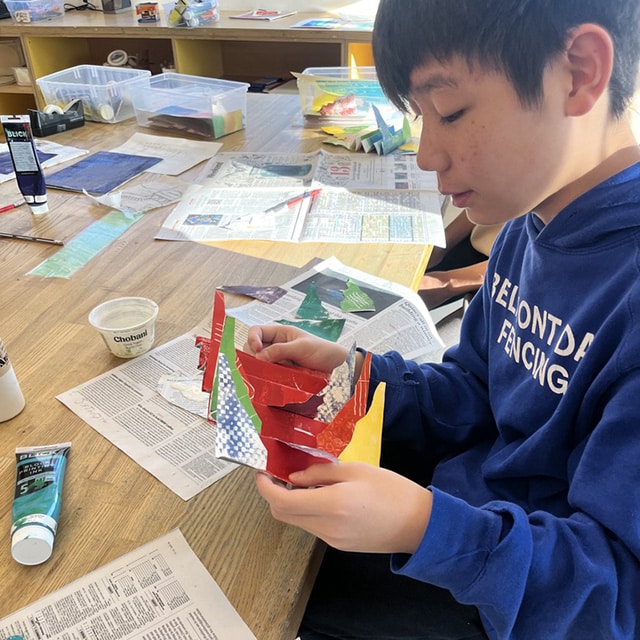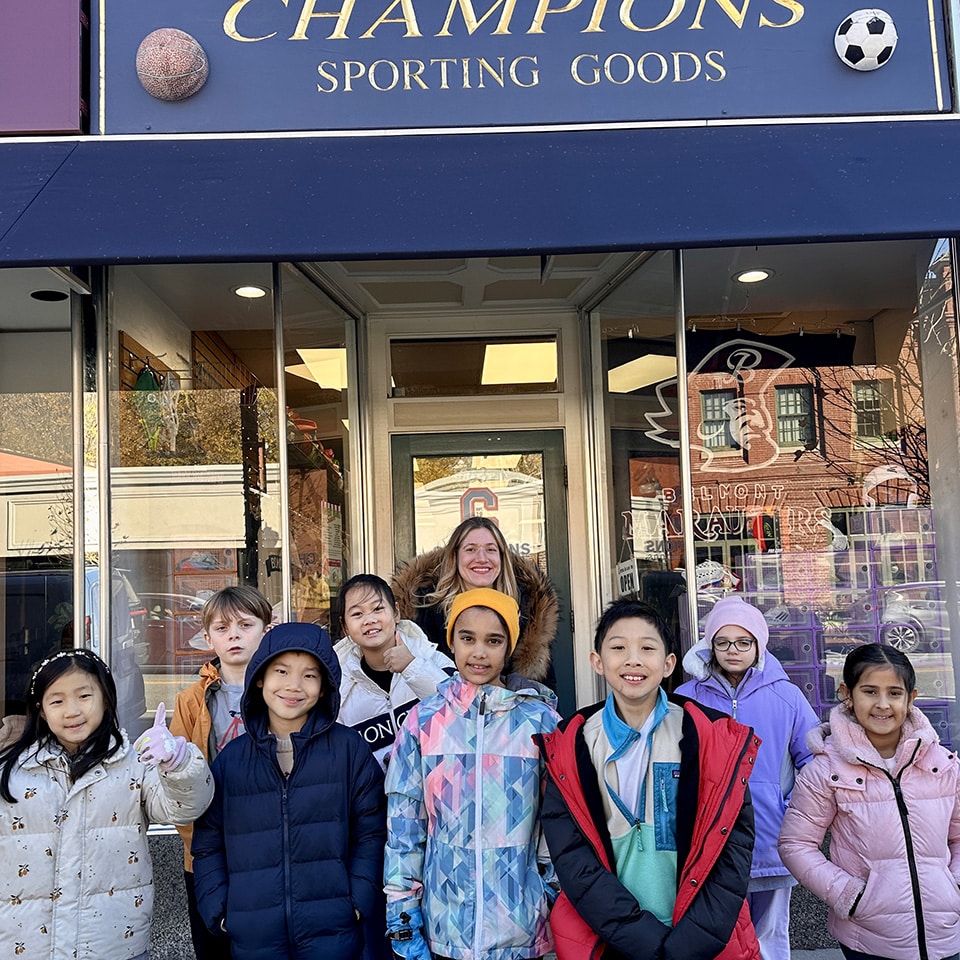Second Graders Begin Research on Environmental Changemakers
Over the last few weeks, second graders have been exploring what it means to be a changemaker. Through the exciting, vibrant books of our visiting authors Suzanne Slade and Heather Lang, students have been reading stories of people who made the decision to change the world for the better. Now, second graders have the chance to investigate their own changemakers as they embark on their first research project. With the help of librarian Amy Sprung, students have been introduced to the research databases and are excited to learn more about those who dedicated their lives to creating environmental change and inspiring future generations to help protect our planet.
– The Grade 2 Teaching Team
Fifth Graders Are Pumped about Studying the Heart
Fifth graders have been studying the circulatory system as part of their year-long exploration of the human body and its systems. Students learned the names and functions of the different parts of the human heart and diagrammed how blood flows through the heart, lungs, and body. Pigs’ hearts are remarkably similar to the hearts of humans, so to apply their learning, students had to identify the analogous structures on a pig heart in our classroom lab space. Students found the left and right atria, the left and right ventricles, the coronary arteries, and the aorta. While a few students were a bit squeamish to touch the hearts, most dove in with zeal. Ask a fifth grader the name of the artery through which blood leaves the left ventricle of your heart!
– Emma Nairn, grade 5 teacher
Pre-kindergartners Count with Their Mittens
Fresh from reading The Mitten by Jan Brett, in which an unbelievable number of animals managed to crawl into a lost mitten, we tried stuffing our own mittens with connecting cubes. After stuffing in the connecting cubes we took them out and counted how many we managed to fit inside. While this is a fun activity for children, it was also an informal assessment of their counting strategies and knowledge of numbers and their sequence. Most children at this age begin to skip numbers or repeat some after 12. This is typical for the developmental stage and will correct itself with repeated practice and modeling to learn the order of numbers. A good counting strategy is lining up the objects and touching each one as you say its number or moving each one as it is counted. Accurate counting of 20 objects is a goal in pre-kindergarten. Many children can count even higher by rote, or from memory. More importantly, linking a quantity with a number is fundamental to building number sense.
– Alice Henry, pre-kindergarten teacher
Eighth Graders Participate in Capstone Study
In the spirit of cooperation and collaboration, students in eighth grade used one of their science classes this week to assist Kendree Chen in the completion of a portion of her Capstone project. To do this they became participants in a scientific study designed to look at the correlations between positive affect, optimism, and creativity in a critical thinking challenge. To begin, students completed a short survey related to optimism, and then they were given a small box containing a birthday candle, five paper clips, three push pins, and two binder clips. Using these materials students were asked to attach the birthday candle to a cardboard wall such that the candle was upright and would not drip wax onto the desk when lit. Students enjoyed working on this challenge and it was interesting to see the many solutions that were developed. To find out more about the results of this experiment be sure to attend Kendree’s Capstone presentation in April!
– Sandra Trentowsky, grades 7 & 8 science teacher
PE Update: Third Grade Betters at Badminton
This week in physical education, third grade students worked on skills that will help them become competent badminton players. The young athletes worked their way through several stations that emphasized striking with a racquet, hand-eye coordination, and individual skill work. Each class started with a five-minute jog around the Barn gold court to help increase their heart rates and get them warmed up and ready to perform at their best. After warmups, students were broken up into groups and cycled through all the stations. The “scarf exchange” and “net volley” were the students’ favorite stations. In all, the third grade showed great determination, poise, and focus that will help them transition to playing singles. Great job third grade!
– Eric Ridoré, physical education teacher
Seventh Graders Learn a Lesson on Evolution
Students in seventh grade science have been learning about evolution by natural selection. In order to better understand this concept, we performed a simulation in which students took on the roles of crab-like predators that have variations in the shape of their “claws.” These feeding appendages catch prey (pinto beans) and come in four variants: spoons, forks, knives, and chopsticks. Groups of students go scavenging for beans with their feeding appendages. The hunt continues for three rounds or “generations,” with extinction and reproduction occurring between generations. To study evolution by natural selection in this predator population, the class tracked the frequency of each appendage type through three generations.
– Leal Carter, middle school science teacher
Arts Update: Fourth Grade Learns Musical Traditions of Ghana
Fourth grade students have been working on their drumming and instrumental playing in their current music intensive. Students have been learning about the country of Ghana and the musical traditions of the Ewe people. They have been learning about the traditional instruments: gankogui, axatse, sogo, kidi, and kagan. In this video, you will see a sample of students’ work with faster rhythmic subdivisions, polyrhythmic syncopation, and steady beats.
– Yui Kitamura, music teacher



